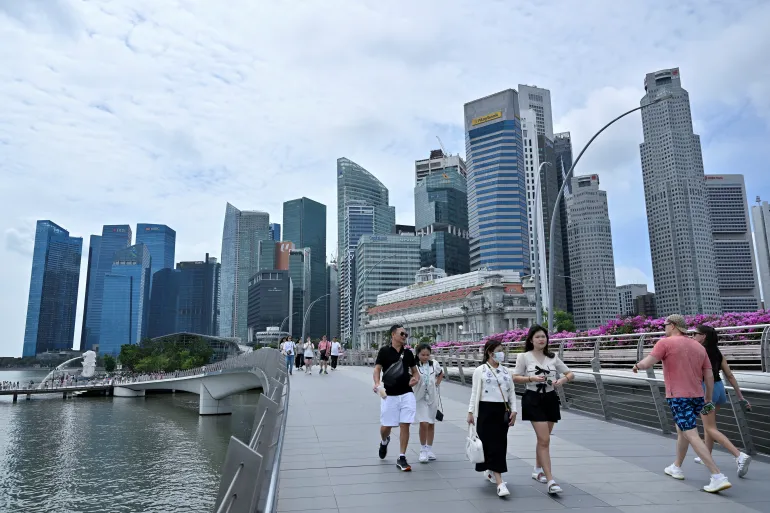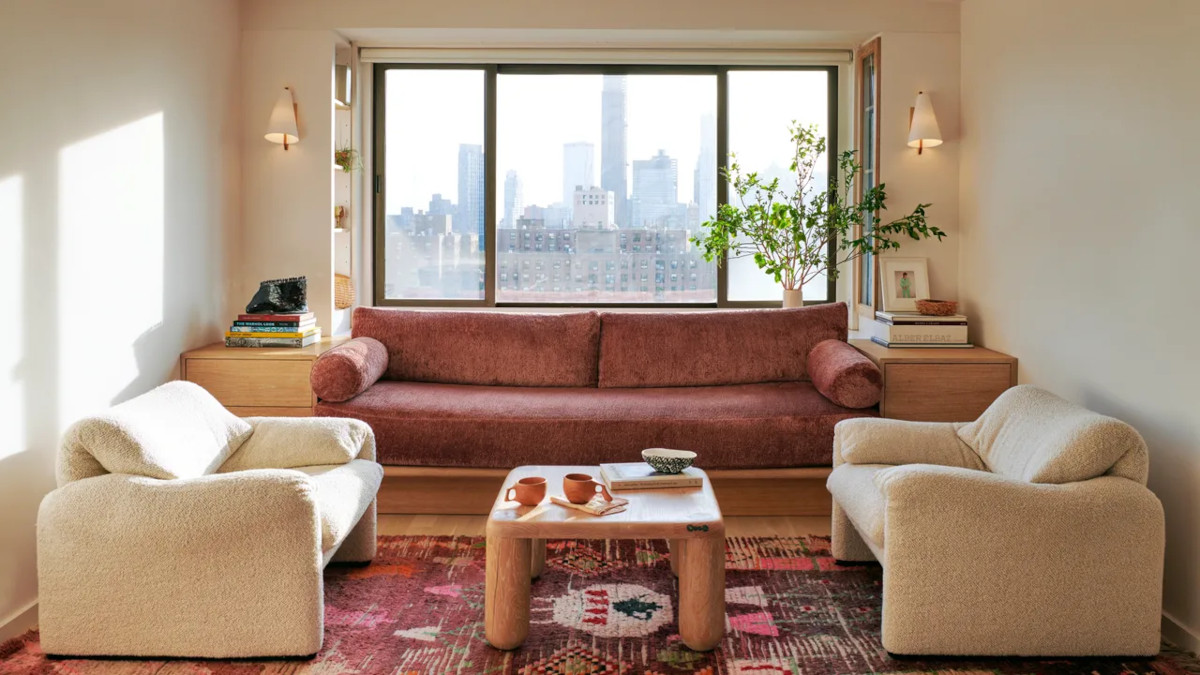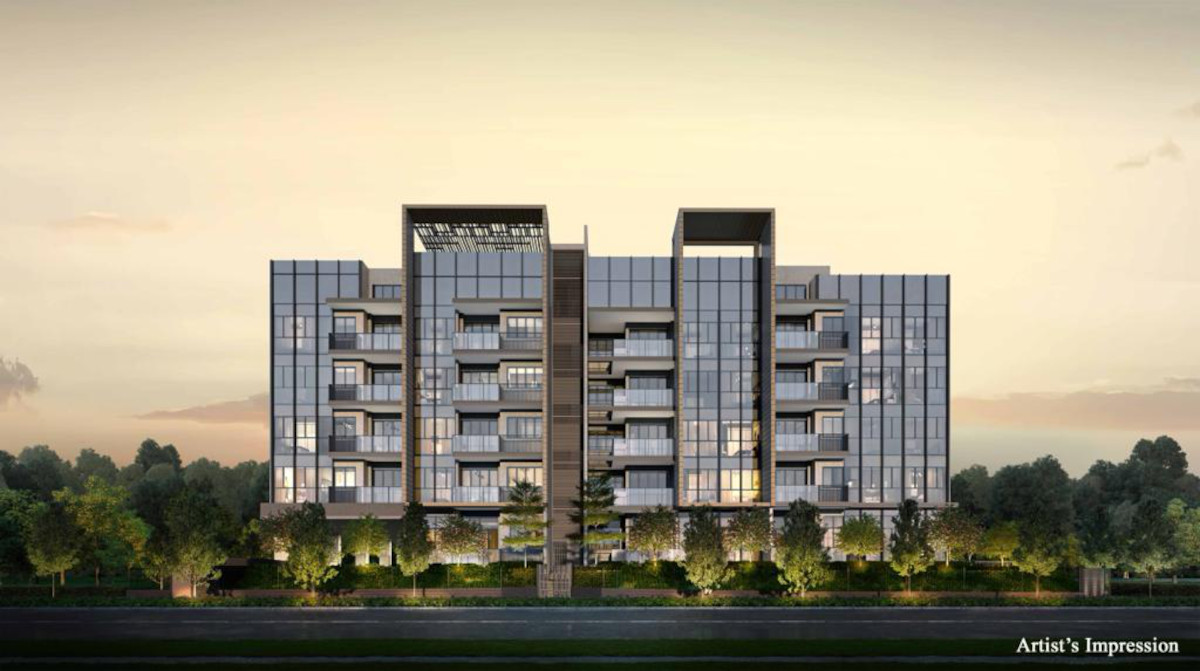Understanding Urban Living
Urban living refers to residing in densely populated areas, such as cities or towns. It is characterized by its fast-paced lifestyle, diverse communities, and abundant opportunities. However, it also comes with its own set of challenges, particularly when it comes to physical health.
Factors Affecting Physical Health in Urban Areas
Several factors contribute to the impact of urban living on physical health. One of the primary factors is the high level of air and noise pollution in urban areas. The constant exposure to pollutants can lead to respiratory issues, cardiovascular problems, and a weakened immune system. Additionally, the lack of green spaces and recreational areas in cities can limit opportunities for physical activity, further impacting overall health.
Pollution and its Effects on Health
Pollution in urban areas has a detrimental effect on physical health. The polluted air, contaminated water sources, and excessive noise levels can lead to various health problems. Prolonged exposure to these pollutants increases the risk of respiratory diseases, allergies, and even certain types of cancer. It is crucial for urban residents to take measures to protect themselves from pollution and advocate for cleaner environments.
Sedentary Lifestyle in Urban Environments
The sedentary lifestyle often associated with urban living poses a significant challenge to physical health. Long working hours, commutes, and a lack of accessible recreational spaces can discourage physical activity. This sedentary behavior increases the risk of obesity, heart disease, and other chronic conditions. It is essential for individuals to find ways to incorporate regular exercise into their urban lifestyles, such as walking or cycling to work or utilizing nearby fitness facilities.
Mental Health Challenges in Urban Living
Urban living can also take a toll on mental health. The fast-paced and highly competitive nature of city life, along with social isolation, can contribute to increased stress, anxiety, and depression. It is crucial for urban dwellers to prioritize their mental well-being by seeking support from loved ones, engaging in stress-reducing activities, and accessing mental health services if needed.
Access to Healthcare in Urban Areas
Access to healthcare is a crucial aspect of maintaining good physical health in urban areas. While cities typically offer a wide range of healthcare facilities and specialists, disparities in access to healthcare can still exist. Issues such as high healthcare costs, long waiting times, and limited availability of services can hinder individuals from receiving timely and adequate care. Efforts should be made to address these barriers and ensure equal access to healthcare for all urban residents.
Strategies for Improving Physical Health in Urban Living
Improving physical health in urban living requires a comprehensive approach. Here are a few strategies that can make a significant impact:
1. Creating more green spaces and parks to encourage physical activity.
2. Promoting active transportation options, such as biking or walking.
3. Implementing policies to reduce pollution and improve air quality.
4. Providing affordable and accessible healthcare services for all urban residents.
5. Educating individuals about the importance of maintaining a healthy lifestyle.
6. Encouraging community engagement and support networks to combat social isolation.
By implementing these strategies, urban areas can become healthier and more conducive to overall well-being.
Urban living has both positive and negative effects on physical health. While it offers numerous opportunities and conveniences, it also presents challenges such as pollution, sedentary lifestyles, and mental health issues. By addressing these challenges through various strategies, we can create urban environments that prioritize and promote physical health for all residents.






